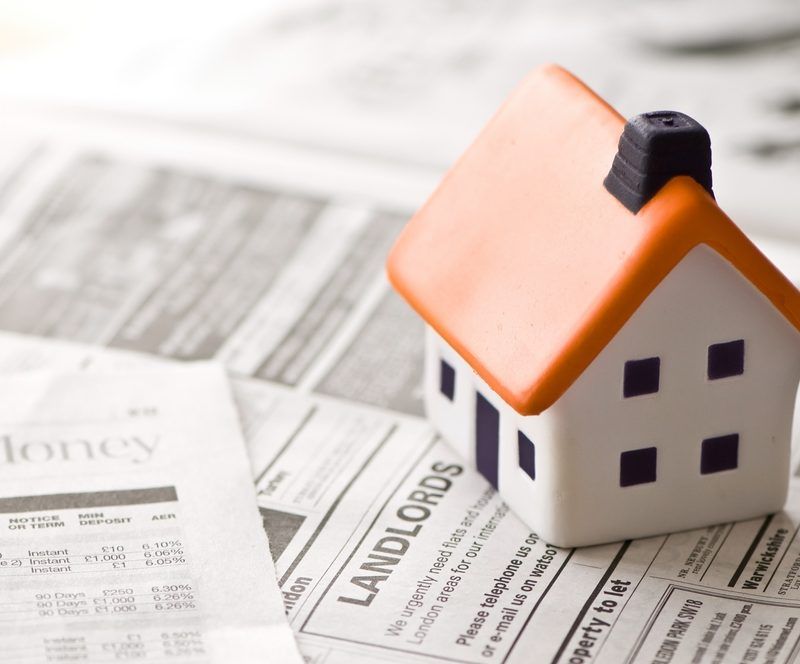The forgotten-essentials for new landlords revealed

When landlords set up a new home to rent, they are faced with a choice. Cut corners – installing clapped-out appliances and skimping on drainage – or instead, renovate comprehensively.
While the former approach can be attractive due to the possible initial savings, it’s completely flawed, given the negative repercussions that, further down the line, can cause expensive headaches.
So save yourself the hassle of angry tenants and sky-high repair costs by remembering these essentials.
How to safeguard drainage and plumbing?
Essentially, safeguarding drainage and plumbing is all about spotting potential problems early on. You’ll need to think about what you can and can’t see.
Can’t see
Although underground water pipes and drains are out of sight, this shouldn’t mean they are ignored. A great way to start is by arranging a CCTV drainage inspection to determine structural integrity and potential blockages.
Even if drain cleaning, drain jetting or drain relining services aren’t required at the beginning, remember that your property is in the hands of others.
Small things such as signage can have a huge impact in stopping blockages too. By installing relevant warning messages around your property, this can stop tenants disposing of sanitary towels, fats, oil and grease down kitchen sinks or toilets.
Fitting kitchen and bathroom plug strainers can also help prevent the unwanted build-up of food, hair and toothpaste – all more than capable of blocking sink U-bends.
Can see
Visual inspections of baths, sinks, toilets and drains, not to mention maintaining regular contact with tenants to check the state of appliances, is all good practice. That said, the maintenance responsibility lies with you.
Essentially, you want to minimise any risk of in-house flooding. Consider replacing older washing machines with modern Energy-Star models to avoid the chance of malfunction.
Washing machine floods won’t only require a new model to be purchased at short notice but they can also wreak havoc on flooring, particularly damaging wooden surfaces.
Making an early call on updating outdated appliances will require initial outlay, but a problem is best remedied at source, as opposed to inviting nasty surprises.
The best water-saving devices to install
Overseeing an environmentally-friendly rental property won’t only help to reduce utility bills but will also help reduce carbon emissions and combat climate change. Thankfully, to help you to do your bit, there are a range of great water-saving devices available.
- Low-flow shower heads – Bubbled air helps reduce water use per shower without reducing the pressure.
- Dual-flush toilet converters – Inexpensive and easy to install on most toilets, these enable tenants to regulate water use per flush.
- Water flow valves – Regulating water flow by closing or hindering passageways, these are usually controlled by flow meters.
- Water butt – Catching and storing rainwater, this reduces the need for tap water to be used for gardening.
Save-a-flush – This bag of crystals is installed in your toilet cistern and expands to reduce the water used per flush.







